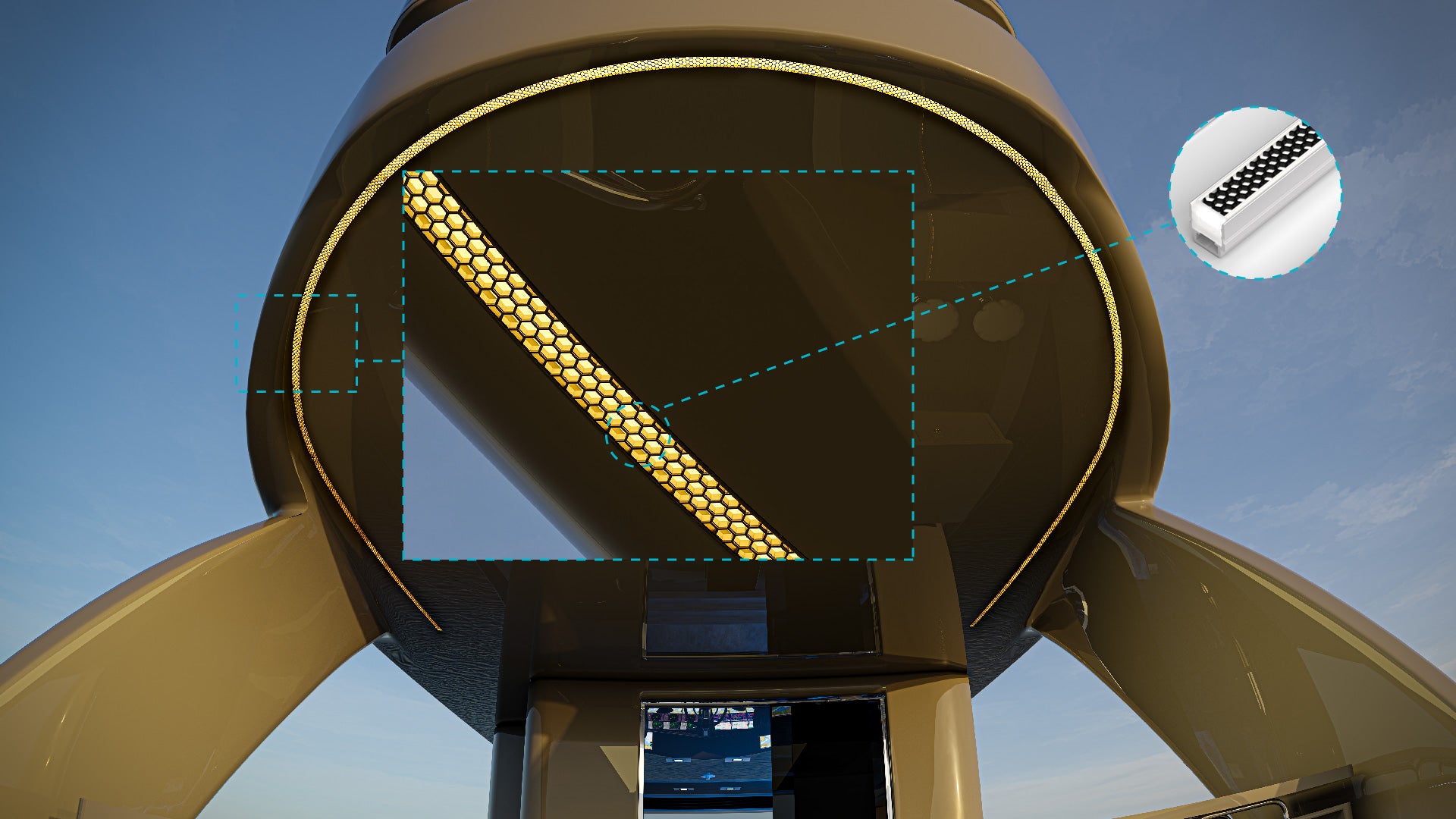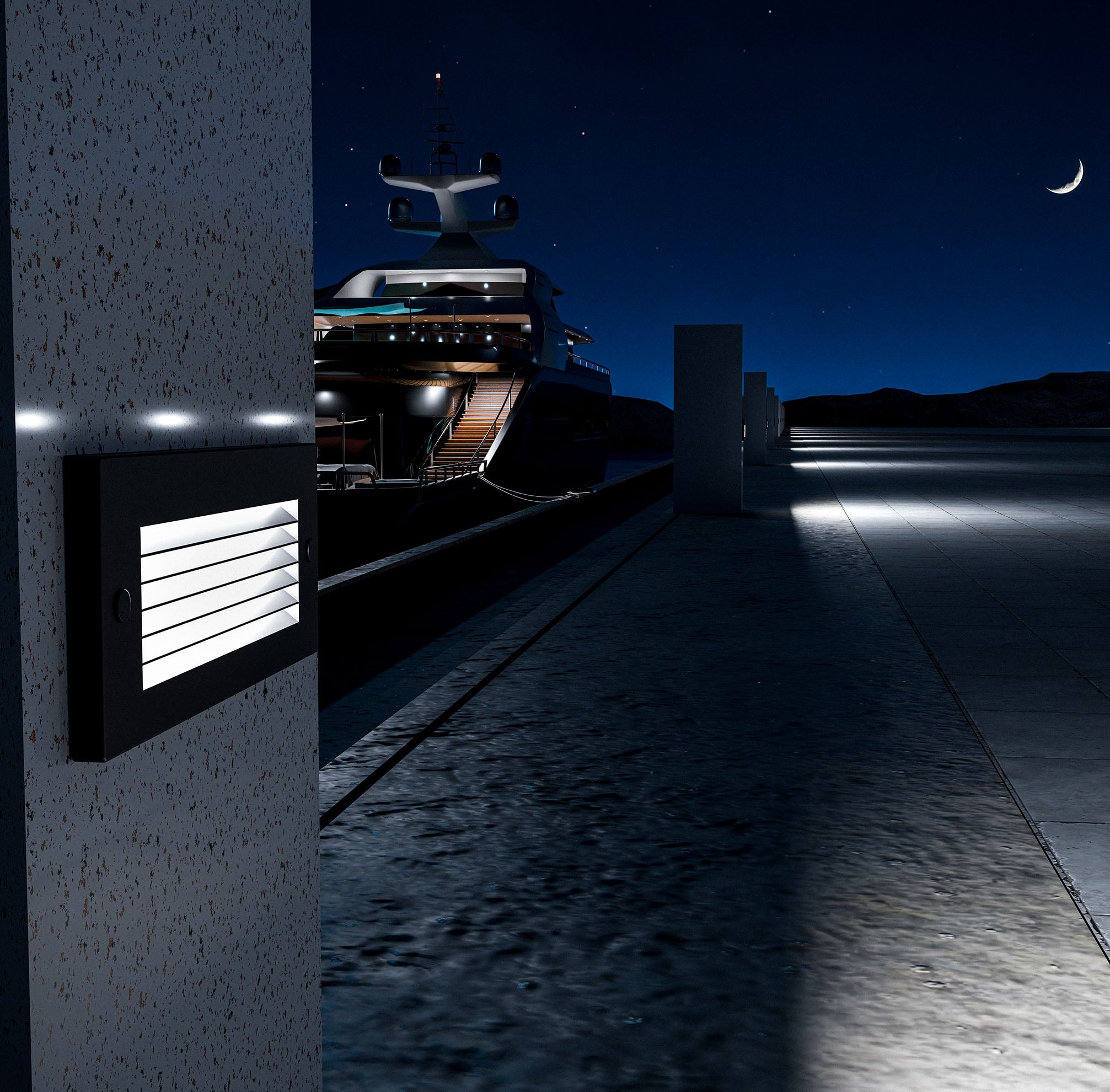What is the Stern of a Boat?
Stern refers to the back or aft-most part of a boat or ship, opposite the bow. The design and structure of the stern are crucial to the vessel's overall performance, stability, and functionality. Typically, the stern is broader and more robustly built to support equipment, engines, and other critical components, especially in motorized vessels where the propulsion system is often mounted at the stern. This positioning helps balance the vessel, as the weight of the engines or propulsion systems is offset by the forward momentum generated at the bow. A well-designed stern also minimizes drag, allowing for smoother and more efficient travel through the water.
What does the Stern do?
Beyond housing the propulsion system, the stern is also a vital area for many practical features and safety functions. In most boats, it’s where you’ll find the transom, a flat surface that reinforces the back end of the vessel and provides a mounting point for outboard motors and other equipment. Additionally, the stern often includes a swim platform or ladder, allowing passengers easy access to the water for recreational activities. In larger vessels, this area may contain additional amenities such as seating, storage compartments, or even small dining areas, making the stern a multifunctional space for both utility and leisure.
Context of the Stern
The stern’s role is also integral to maneuvering and docking. It’s often equipped with cleats, tie-down points, and other mooring equipment, allowing for secure anchorage and easier control when docking. In terms of navigational terminology, understanding the stern is crucial, as it is a reference point in coordination with other directional terms like port (left), starboard (right), and bow (front). These directional references help ensure clear communication onboard, enhancing both safety and teamwork among the crew. Whether in a small recreational boat or a large commercial ship, the stern plays a critical role in the vessel's function, safety, and overall experience for those on board.








